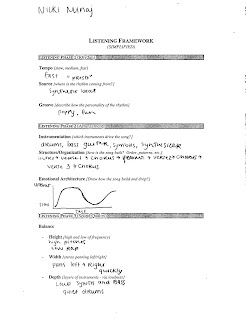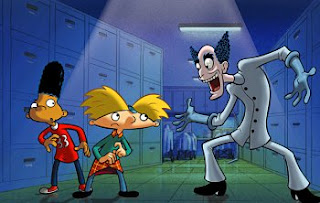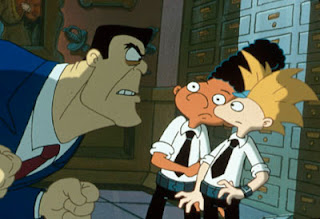"Howl"
One of the stories in Flaum’s article is about a few rare red wolves who had been placed within captivity, taking away all that they knew. This basically represents putting restrictions on a person’s life. One of the wolves, Mumon, went out to find what had been taken from him, and that gave him the courage to do bigger and better things, actions that he would never have tried if in a pack or restricted by the confines of captivity. Eventually, after a series of events, Mumon finds who he is again, he finds his “howl”. Mumon imagines himself invincible and getting that freedom was a real experience and journey.
Creativity is just connecting things. When you ask creative people how they did something, they feel a little guilty because they didn't really do it, they just saw something. It seemed obvious to them after a while. That's because they were able to connect experiences they've had and synthesize new things.
- Steve Jobs
Personally, Steve Jobs is a creative inspiration and the worst loss the future of our technological industry could take. This man was brilliant because he did not think of what the people wanted, but what he knew they would eventually want. That is thinking outside the box if I have ever heard it, thinking beyond the masses and realizing what people don’t know they want before they do. That is genius creativity and what creativity should be, giving people something unexpected.
If I could do one thing it would be sit and a room and think of things that have never been thought of before, but that is much harder to accomplish in the field that I want to get into than one would expect. Every idea in the entertainment industry has been used and reused over and over again, making the idea of intellectual property unbearable. No one has their own ideas, everyone takes everyone else’s and tries to tweak it, but in the end, the same product arises.
Everyone’s good idea gets turned into another person’s better idea, and yea that would make a person with good moral compass feel guilty, it makes me feel guilty, but no person in the industry has a good enough moral conscious to care about stealing an idea.
The best ideas have already been done, which make them hard to top and impossible to replicate, but the thing about what Steve Jobs said that sticks out the most to me is how all ideas intertwine. One day, a man was watching a brilliant movie , Apocalypse Now, and the next he was making a brilliant comedy, Tropic Thunder. That is how the system works, everything spirals after each other.
This is the way I get my best ideas, when I am sitting there thinking about a certain project for a while and then a new idea will enter my mind. Two different ideas connected to created a brand new idea. Old ideas give birth to the new ones, the trick is that you have to be the first to come up with the newborn idea. Creatively, this is restricting and uncomfortable, but Jobs was a smart man, so I trust what he says.
When I try to be creative this is how I think, it is kind of like putting yourself down, but in a creative positive results way. I tell myself that I need to understand that all good ideas are repetitive, not exactly replicas though.
Being in a creative team is one of the only ways to succeed. Those ideas that you all have that seems to be repeating themselves all come together to create a new idea and a brilliant one at that. Teams are what makes the world go round. When I try to work solo, my creative world seems crowded and unbearable, but when the ideas are distributed and shared between multiple individuals, all with different points of view and ideas, those old ideas intertwine and succeed. Everything clicks, everything becomes obvious, and everything falls into place.








